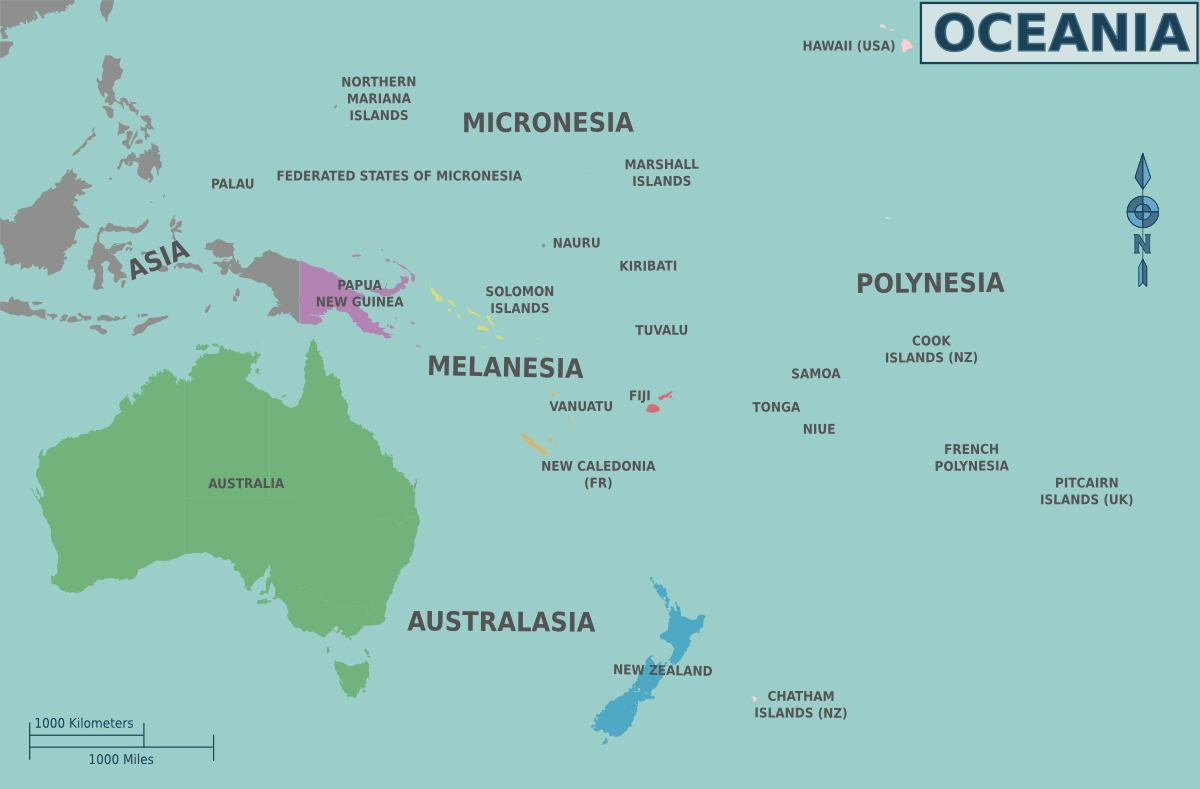Explorations
Refining Design in Hong Kong
By Eileen McCluskey
Hidden behind imposing government buildings or barricaded by chain-link fences topped with barbed wire, waterfront parks lie isolated at the edges of Hong Kong's bustling metropolis.
Last winter, four WPI undergraduates set out to help connect these scattered boulevards, pools, and beaches with their respective neighborhoods. Nate Jannetti, Aubrey Scarborough, Paul Smith, and Liz Tuite, all Class of 2010, assessed 48 cultural and recreational sites, most of which lie along Victoria Harbor, situated between Hong Kong Island and the Kowloon Peninsula.
The development patterns along the harbor have been less than ideal. "The government of Hong Kong owns the land and leases it to developers who, in order to increase profits, build tall buildings on the scarce land," says Creighton Peet, director of WPI's Hong Kong Project Center. "Construction goes right up to the edge of the harbor.
"The push is on," he continues, "to get the government to redesign the waterfront as a more aesthetically pleasing place."
Launched in 2002, WPI's Hong Kong Project Center began working last year to address the harbor-front issues with Designing Hong Kong, a prominent nonprofit striving to protect and improve the local living environment. Hong Kong's Leisure and Cultural Services Department (LCSD) also worked closely with the students. A branch of the Hong Kong government, LCSD owns and maintains more than 1,500 public sites in Hong Kong, including those the students studied.
Not exactly walks in the parks
Building on last year's work, the students each took on a dozen sites, riding on buses, ferries, and trams to the playgrounds, cultural centers, and other sites on their list. They visited each place twice—once to make firsthand observations, next to interview park visitors. (Graduate urban design students from Hong Kong University helped translate for the WPI students.)
Before flying to Hong Kong, the students established criteria to systematically assess the sites. "We spent a lot of time discussing how we ought to define each of the four criteria," says Tuite. "This was one of the biggest challenges about this project." After examining prior studies of the area, the students chose four main characteristics—accessibility, connectivity, quality, and design and maintenance—and developed a methodology to evaluate each. "They had to be clear about, for example, what they meant by 'good design' so they could evaluate consistently across sites," says Jeanine Skorinko, assistant professor of psychology at WPI, who accompanied and advised the team.
The students characterized accessibility as a measure of available facilities, such as buses, that allow people to reach a site. Connectivity meant how well the park connects people to the waterfront and vicinity. Quality referred to on-site activities and amenities that encourage people to stay. Design and maintenance was determined by aesthetics and upkeep. The team created detailed checklists for each characteristic. Every site received a score of one to four stars.
After criss-crossing Kowloon, Hong Kong Island, and the New Territories to examine the sites and interview harbor visitors, the students reported that the properties scored poorly. Accessibility scores suffered because only 19 percent of the sites were marked with directional signs from the closest public transportation stop, even though most sites had at least one form of public transportation within walking distance (400 meters).
Connectivity lost points because at 81 percent of the sites, access to the water, to nearby neighborhoods, and even to the site in question was impeded by construction, fences, walls, or roads. Within each park, the team kept an eye out for signs pointing the way to facilities and nearby transport and destinations, as well as for site layout maps; they found that while 83 percent of the parks posted site signs, most lacked other visuals to help visitors make their way around the parks and environs.
Indicators of site design and maintenance included the presence of trash bins and landscaping aesthetics. This category scored higher than the others since all sites offered some form of greenery; only a third had broken or closed amenities. Still, interviewees wished aloud for less pollution and more trees.
Quality encompassed a range of amenities including food and drink, shade from Hong Kong's strong sun, and toilets. Students also watched for the biggest amenity of all, Victoria Harbour, and found that it's impossible to see the water at nearly one-third of the sites. Interviewees frequently voiced the need for shaded seating that faced the water, requirements the students also noted in their observations.
One site—the Lei Yue Mun Typhoon Shelter Breakwater Sitting-Out Area—provided a perfect example of poor design: when visitors sit on park benches, their sea view is blocked by a massive concrete breakwater. Another site received high marks across categories: Hoi Sham Park in Kowloon City is easy to find and offers plenty of shade, harbor views, and food.
After scoring the sites, the team correlated each park's grade with its popularity. "We found that the sites with the higher scores were also the ones where we saw greater numbers of visitors," says Scarborough.
Sensitive presentations, positive results
On paper and at formal presentations, the team offered practical suggestions to improve each of the parks: putting up signs between transport drop-off points and sites, adding recycling bins at all locations, and improving shaded seating and food services. "We also suggested that chain-link and barbed wire fences be removed or changed to be more aesthetically pleasing," notes Jannetti.
The team had spent three-quarters of their time on site visits, interviewing, and assessment, which left only two short weeks to finish up their report and make recommendations to LCSD. "The students presented to officials who've been running these properties for many years," notes Stanley Selkow, professor of computer science, who advised the team. ""t would have been so easy for these administrators to get defensive. But the students showed tremendous sensitivity in how they made their presentations, and high officials at LCSD were impressed with the students' results and recommendations."


